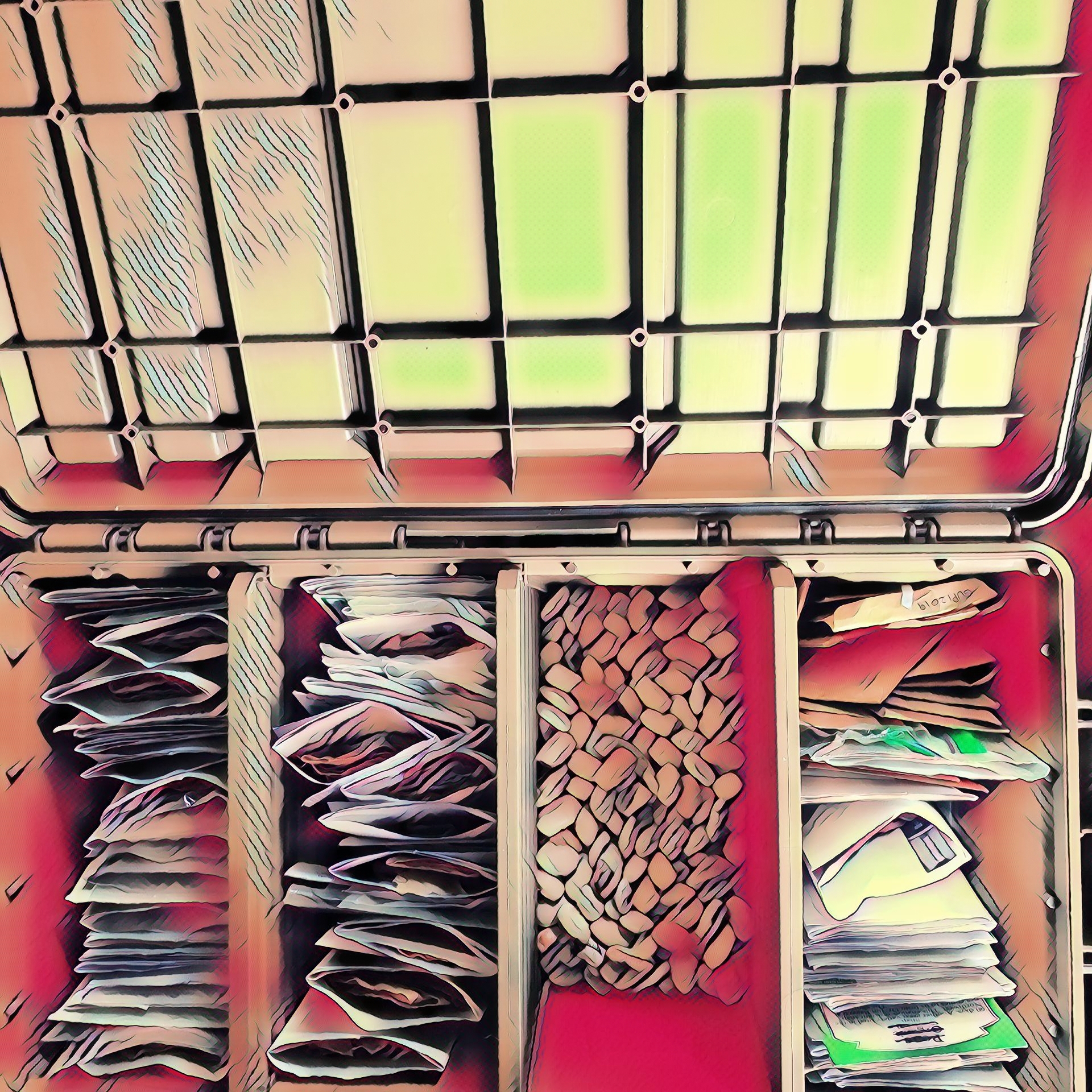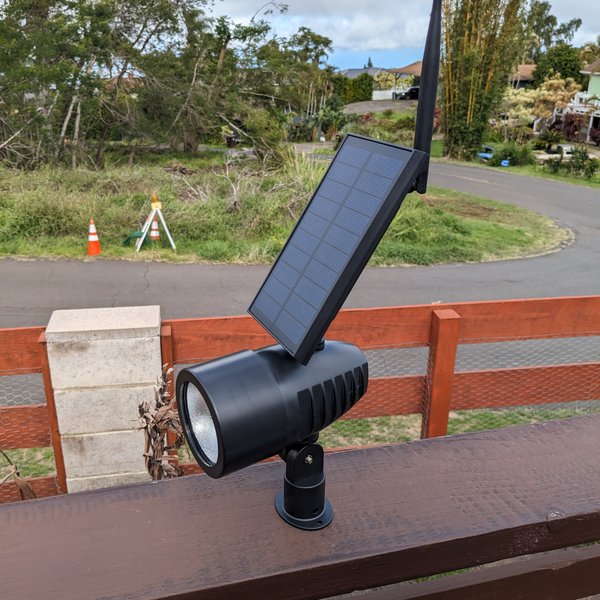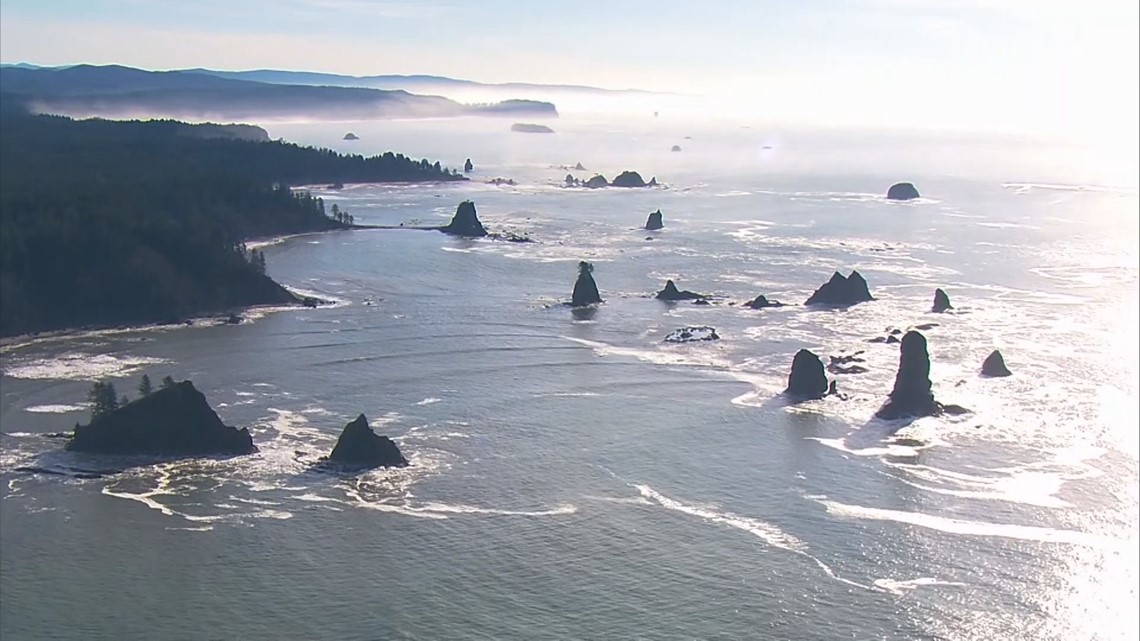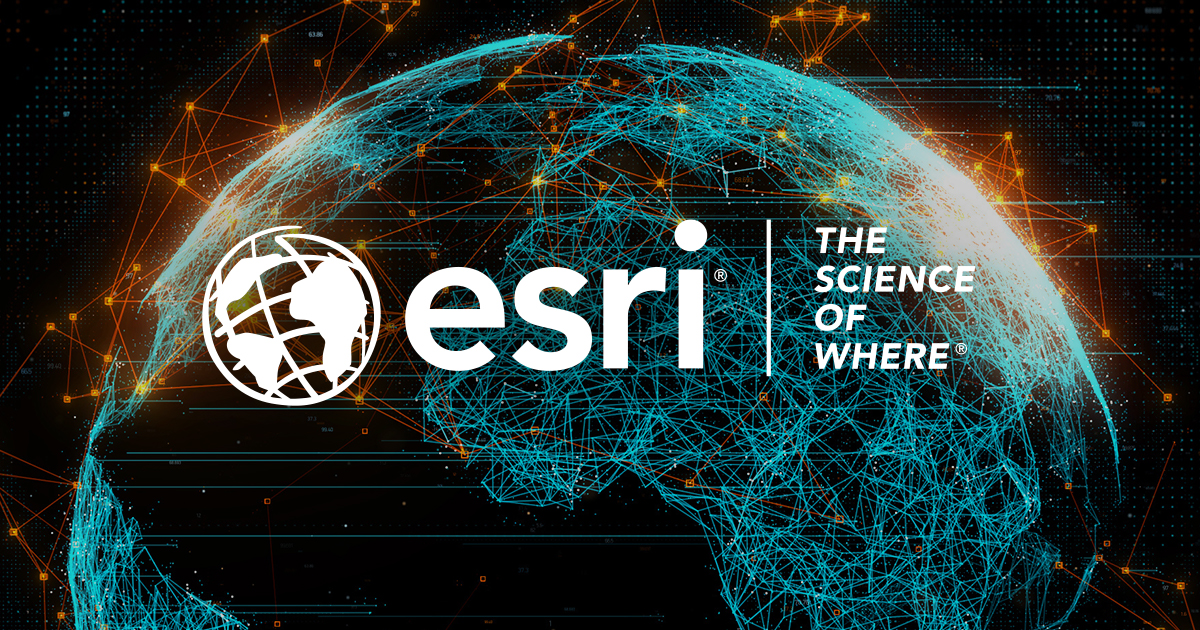
Mike
Forum Replies Created
-
Mike
MemberMarch 8, 2024 at 4:35 pm in reply to: Cascadia Subduction Emergency Seed Bank (Disaster Resilience)After our February 2024 Cascadia Seed Guild meeting, we had an internal meeting today with @Steven Morris and discussed using Holochain to update our underlying Web 02 technology, more news on this soon.
-
This is a stunning documentary touching on the diminution in the nutritional value of fresh food and the relationship of this to “industrial” seed evolution. “Sixty years of producing standardized fruit and vegetables and creating industrial hybrids have had a dramatic impact on their nutritional content. In the past 50 years, vegetables have lost 27% of their vitamin C and nearly half of their iron.” @inspiration and @cascadiabrandon you might find this interesting.
-
Mike
MemberFebruary 11, 2024 at 10:20 am in reply to: Cascadia Subduction Emergency Seed Bank (Disaster Resilience)The first draft of the planning document for this can be found here. If you would like access please send your email address; than you. https://docs.google.com/document/d/1uea9RRa0LxMMNTGoeJVHZI6mBTk5ox9yi7yaI95OfkA/edit
-
Mike
MemberJanuary 29, 2024 at 9:52 am in reply to: Cascadia Subduction Emergency Seed Bank (Disaster Resilience)This is another low-cost and important communications system to deploy and test before we get to the times when they will be needed. “The Harbor Breeze Solar LED light can be purchased for about $15 and includes a capable solar panel, lithium ion cell and charge controller in a waterproof enclosure. The RAK baseboards fit perfectly inside the solar compartment. Below are the steps for completing this hack for a completely weatherproof solar powered Meshtastic node.”
https://hackaday.io/project/194509-harbor-breeze-meshtastic-hack
hackaday.io
The Harbor Breeze Solar LED light can be purchased for about $15 and includes a capable solar panel, lithium ion cell and charge controller in a waterproof enclosure. The RAK baseboards fit perfectly inside the solar compartment. Below are the … Continue reading
-
Mike
MemberJanuary 28, 2024 at 10:39 am in reply to: Cascadia Subduction Emergency Seed Bank (Disaster Resilience)Here is a good recent video from a local broadcaster on the 1700 last Cascadia Subduction event featuring a locally based professor.
kgw.com
The Great Cascadia earthquake struck more than three centuries ago, with a magnitude 9.0. One researcher with the University of Oregon said taking steps now is key.
-
Mike
MemberJanuary 27, 2024 at 4:19 pm in reply to: Cascadia Subduction Emergency Seed Bank (Disaster Resilience)Food-grade plastic boxes as potential seed storage. https://www.webstaurantstore.com/search/food-grade-plastic-tubs.html
-
Mike
MemberJanuary 27, 2024 at 4:15 pm in reply to: Cascadia Subduction Emergency Seed Bank (Disaster Resilience)One more resource, ESRI maps for Wildfires https://www.esri.com/en-us/disaster-response/disasters/wildfires
esri.com
Wildfire Maps & Response Support | Wildfire Disaster Program
Esri is supporting organizations that are responding to wildfire disasters with software, data, imagery, project services & technical support. View fire maps or request assistance.
-
Mike
MemberJanuary 27, 2024 at 4:02 pm in reply to: Cascadia Subduction Emergency Seed Bank (Disaster Resilience)Another important part of disaster preparedness is communications, this is one well known system Project-Owl. https://www.project-owl.com/ducklink
-
Mike
MemberJanuary 27, 2024 at 3:48 pm in reply to: Cascadia Subduction Emergency Seed Bank (Disaster Resilience)In addition, we are maintaining a series of Google Sheets which project Seed Yields and what equipment is necessary to attain and maintain these yields. Please reach out if you would like a link.
Sorry this is hard to read.
-
Mike
MemberJanuary 27, 2024 at 3:42 pm in reply to: Cascadia Subduction Emergency Seed Bank (Disaster Resilience)These are earthquake maps for Washington State. https://www.dnr.wa.gov/programs-and-services/geology/geologic-hazards/earthquakes-and-faults
dnr.wa.gov
Earthquakes and Faults | WA - DNR
This map shows areas of seismic risk from high (red) to low (grayish-green). The map is from a 2007 report (click here to download) on seismic design categories in Washington. The map also shows potentially active faults from a separate … Continue reading
-
Mike
MemberJanuary 27, 2024 at 3:41 pm in reply to: Cascadia Subduction Emergency Seed Bank (Disaster Resilience)This is an ARCGIS inundation map for part of Victoria, I am sure there are many more in here. https://www.arcgis.com/apps/webappviewer/index.html?id=95dc713176314e738d937d22a5515cea
-
Mike
MemberJanuary 27, 2024 at 3:39 pm in reply to: Cascadia Subduction Emergency Seed Bank (Disaster Resilience)Just noting a few maps here, this one links to a number of Tsunami maps by County in Oregon. https://www.oregon.gov/dogami/tsuclearinghouse/pages/pubs-inumaps.aspx
oregon.gov
This site offers tsunami preparedness information.
-
Mike
MemberJanuary 27, 2024 at 10:14 am in reply to: Cascadia Subduction Emergency Seed Bank (Disaster Resilience)@thomasharun this may be interesting for you and anyone else you want to share it with.
-
Here we are looking at the potential germination yield increase by using a combination of a 25ft x 10ft greenhouse combined with air and soil heating and soil blocks. The internal design is quite simple, at the base level we have two 25ft x 3ft raised beds, one of which has in soil heating to aid both germination and eventually transplanted plant growing. There are then 4 x 10ft x 3ft (removable) shelves at around 3 ft from the base which each can accommodate around 11 trays each. Starting with 3/4″ soil block cubes, then transitioning 50% of those to 2″ soil blocks (the other 50% are planted into the ground directly). We will share the projected numbers, per greenhouse, soon.
-
Thanks for sharing these items Julie.






